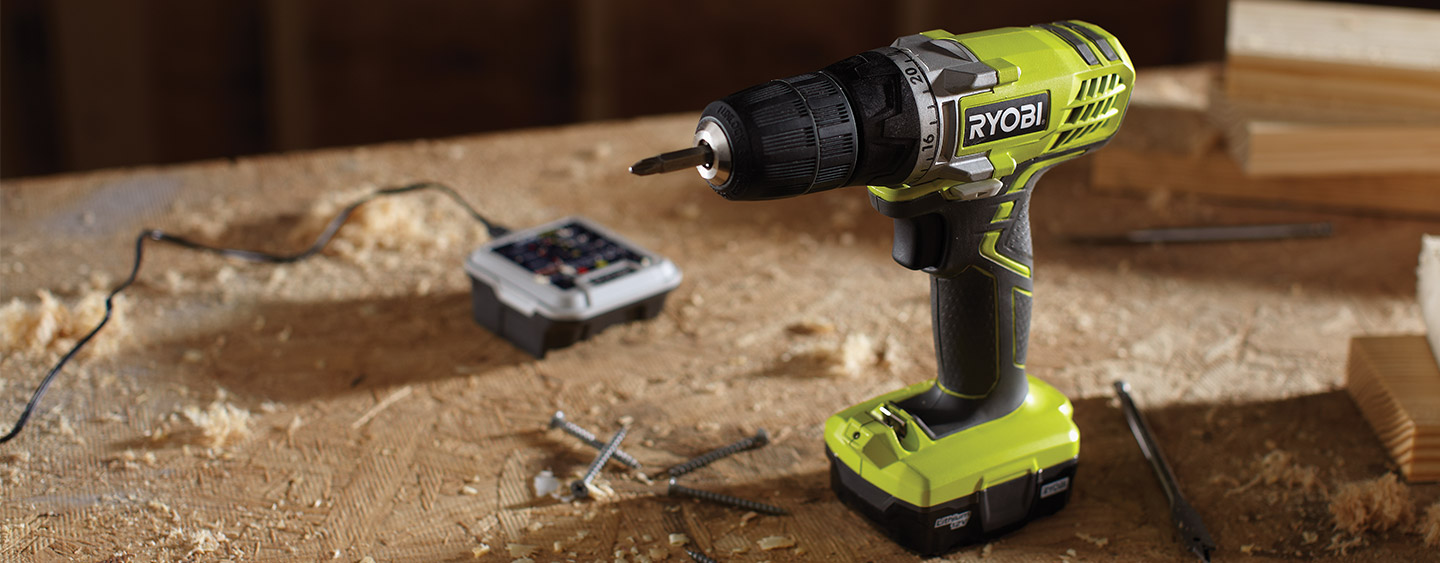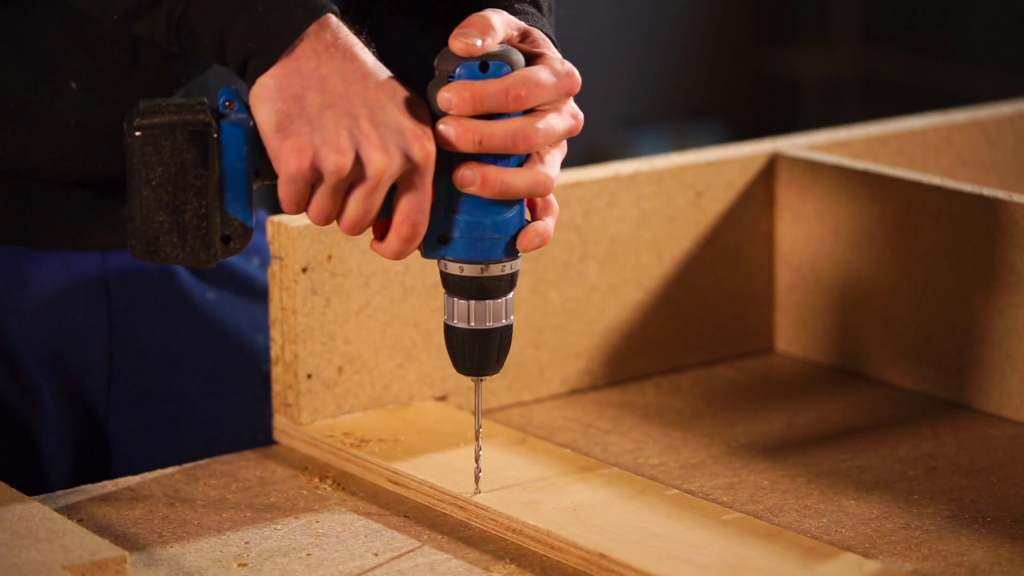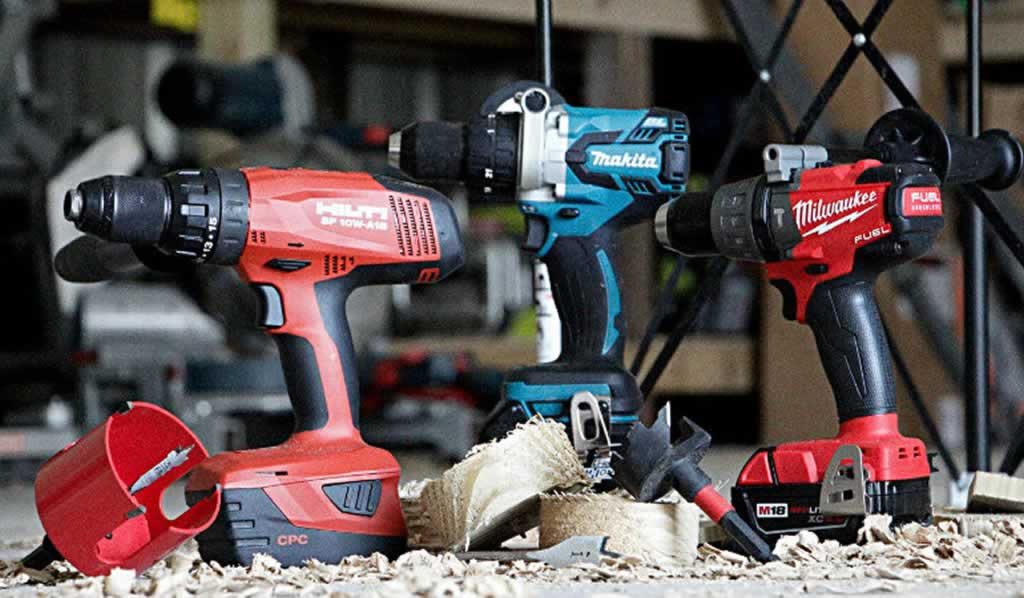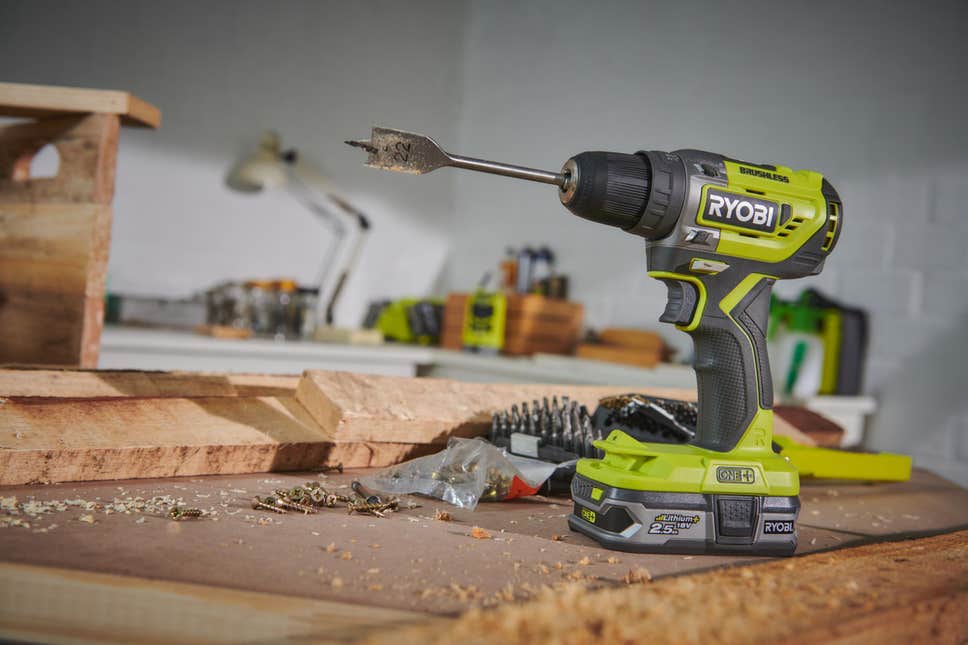
Along with mains electric drills, which must be connected to the outlet using a cord, manufacturers produce cordless drills. Such models use their own rechargeable battery as an energy source and do not require a constant connection to the network during operation. It is mobility that is the main advantage of this type of tool.
It is impractical to equip powerful tools with a battery due to the high energy consumption, therefore, batteries are mainly offered for drill drivers. They have a small weight, which makes them convenient to use in hard-to-reach places, in particular, when assembling furniture.

The main disadvantage of cordless drills is the limited service life – the battery lasts about an hour of heavy use. However, this problem can be solved – just buy a model with two batteries in the kit or an additional battery. While one will be charging, the second can be used.
How to use a drill
Many people are sure that they know exactly how to use a drill. However, there are a number of simple rules that make this process more convenient and safe for both the owner and the tool, which few people follow.
General rules for using a drill
Some rules for using an electric drill directly depend on what operation will be performed with its help and on the type of material. But there are a number of basic rules that must always be observed:
- the larger the diameter of the drill, the lower the rotation speed should be;
- the position of the tool relative to the surface during operation should be unchanged;
- it is unacceptable to change the operating mode and direction of rotation of the cartridge until it stops;
- do not turn on the reverse to remove the drill from the hole.

Impact Drill Rules
When using a hammer drill, the most important thing is to choose the right mode. There are two of them in this type of tool – conventional drilling and hammer drilling. Impact mode is used when punching holes in brick and concrete partitions and ceilings. In all other cases, for example, when working with metal, wood, plastic, ceramics, glass, the usual mode is used.
The rotation speed is also selected according to the type of material. The harder it is, the higher the number of revolutions should be. Moreover, if it is important that the hole has smooth edges, it is better to lower the speed first, and to punch it exactly in a certain place, it is advisable to manually make a small recess in this place first so that the drill does not slip.
Rules for using a drill / driver
If you intend to use a power drill or hammer drill in screwdriver mode, pay particular attention to the choice of torque. In order to screw a self-tapping screw into a solid material of significant thickness, significant force is required. When screwing the screws into a tree, chipboard or plywood, it must be reduced, otherwise the fasteners may go too deep or pierce the product through. When using a drill as a screwdriver, it is better to limit the rotation speed of the chuck, as otherwise there is a high risk of damage to the fasteners and bits. But in some cases, you better get the tool in question in this article https://drilling-it.com/best-cordless-combo-kits-reviews/.

The assortment of professional and household power tools on the market will allow everyone to choose a drill for the house that meets their needs. The right choice is the key not only to a successful solution of tasks, but also to the long life of your tool.
You plan to occasionally perform simple chores – choose a household hammerless drill or a small power drill. Do you have to break through concrete or brick walls, hang cabinets or interior items? A more powerful impact drill or even a professional impact drill is best suited for these tasks. Serious repair or construction was started, during which it will be necessary to independently prepare the mortar and process the surfaces – buy an angle drill.
